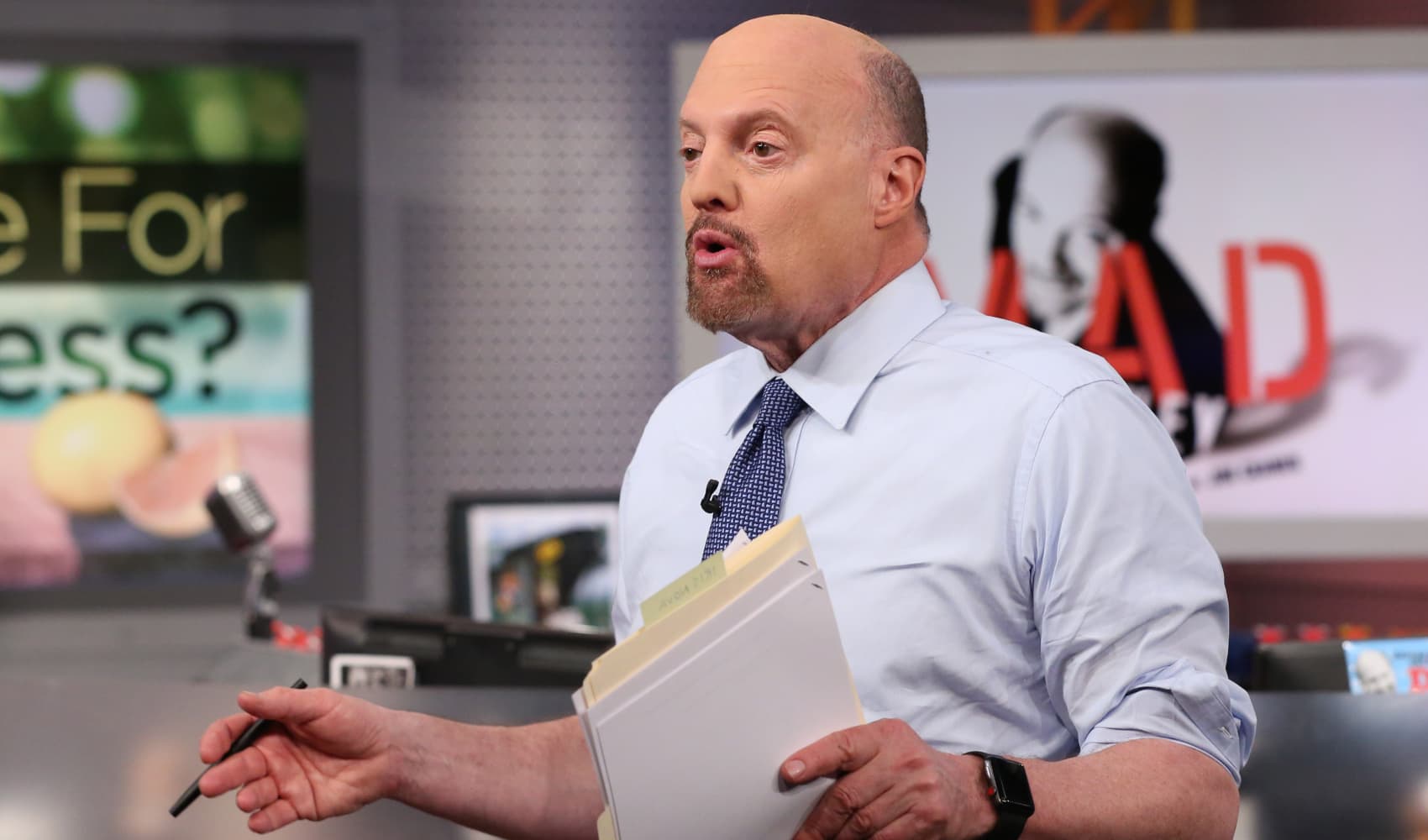
- The number of Americans "employed part-time for economic reasons" fell by 707,000 last month to 3.6 million, according to June jobs report issued Friday by the U.S. Department of Labor.
- That's the lowest level of so-called involuntary part-time workers since August 2001, according to the Federal Reserve Bank of St. Louis. The dynamic suggests workers have ample leverage in the current job seeker's labor market.
- These individuals work part-time involuntarily. They are forced to work part-time because their employer cut their hours or they can't find a full-time gig, according to the Labor Department.
The number of Americans who want to work full-time but are forced to work part-time jobs declined in June to its lowest in more than 20 years, according to federal data issued Friday, underscoring the strength of the labor market and the bargaining power of workers.
There were 3.6 million workers "employed part-time for economic reasons" in June, a decline of 707,000 from the prior month, according to the U.S. Department of Labor's monthly jobs report.
That's the lowest level since August 2001, according to historical data compiled by the Federal Reserve Bank of St. Louis.
Get San Diego local news, weather forecasts, sports and lifestyle stories to your inbox. Sign up for NBC San Diego newsletters.
More from Personal Finance:
As prices rise nationwide, how to calculate your own inflation rate
What to know if your employer changes 401(k) providers
5 ways to cope with recession anxiety
The Labor Department classifies individuals as "employed part-time for economic reasons" if they prefer full-time employment but are forced to work part-time because their employer cuts their hours or they can't find a full-time gig.
"We have seen a pretty dramatic decrease, and I think that's a very healthy sign for American workers," said Daniel Zhao, a senior economist at career website Glassdoor.
Money Report
Prior to the pandemic, the number of involuntary part-time workers dipped below 4 million just two other times in the last two decades — in July 2019 and March and April 2006, according to the Federal Reserve Bank of St. Louis.
Strong job market
That decrease comes on the heels of other federal labor data issued Wednesday showing employers' demand for workers remains near all-time highs, which means the dynamic is tilted in employees' favor.
Job openings and the rate of people quitting their jobs at the end of May were near peak levels set in March, and layoffs remained near all-time lows. Meanwhile, wages have grown at the fastest clip in decades as employers compete for talent.
"I think this is a case where employers recognize they can't afford to just have a bunch of part-time workers, because they're going to lose them to full-time opportunities," Zhao said of the decline in involuntary part-timers.
"If given a choice, a lot of these part-time workers will go find better opportunities elsewhere," he added. "So, naturally, employers are getting pressured to offer full-time hours to part-time workers."
'Major milestone'
The decrease in June also comes as the overall labor market remains a bright spot in the U.S. economy despite fears of a recession on the horizon, according to economists.
Businesses added 372,000 jobs last month, beating expectations and continuing a strong pandemic-era recovery.
If the current job-growth trajectory holds, the U.S. would fully recover the 22 million lost jobs during the pandemic era in August. The private sector fully recovered to its prepandemic baseline in June, which U.S. Secretary of Labor Marty Walsh hailed as a "major milestone" on Friday morning.
The unemployment rate also remained at 3.6% in June, unchanged for four straight months and just above its 3.5% rate in February 2020 — which, in turn, was the lowest jobless rate dating to 1969.
However, it's unclear if and how long the strength will persist. The Federal Reserve is trying to cool the economy by raising borrowing costs for consumers and businesses, in a bid to tame stubbornly high inflation. Central bank policymakers predicted last month that the unemployment rate would increase slightly, to 3.7%, by the end of 2022 and to 4.1% in 2024.






